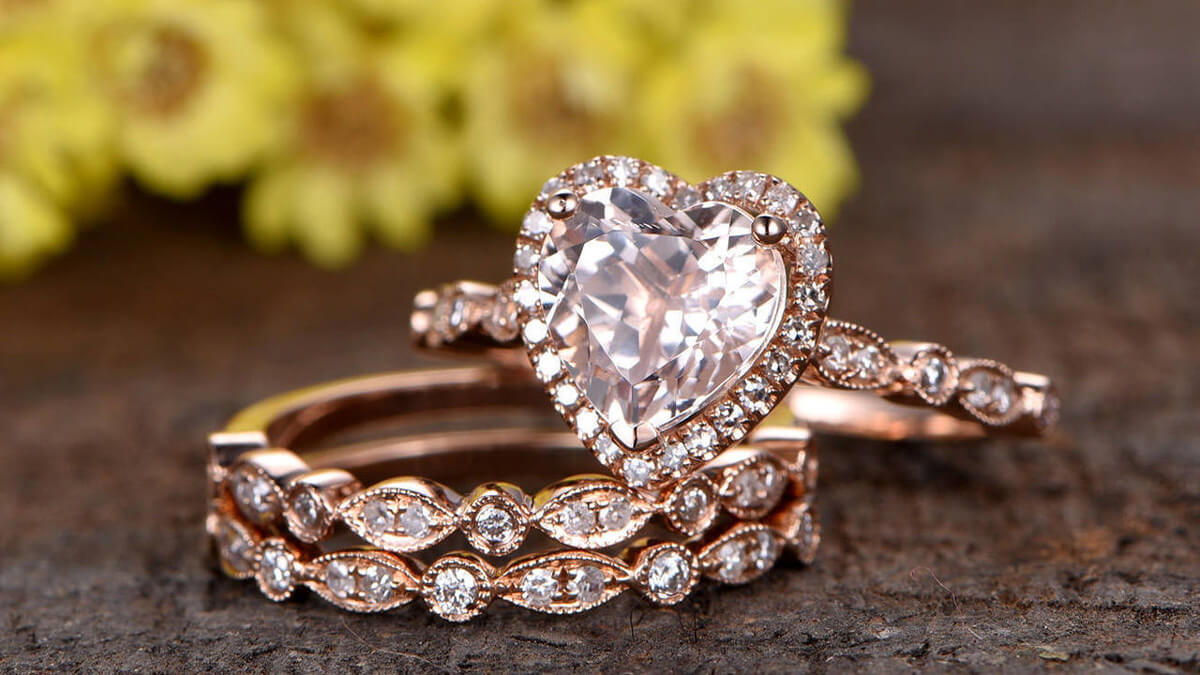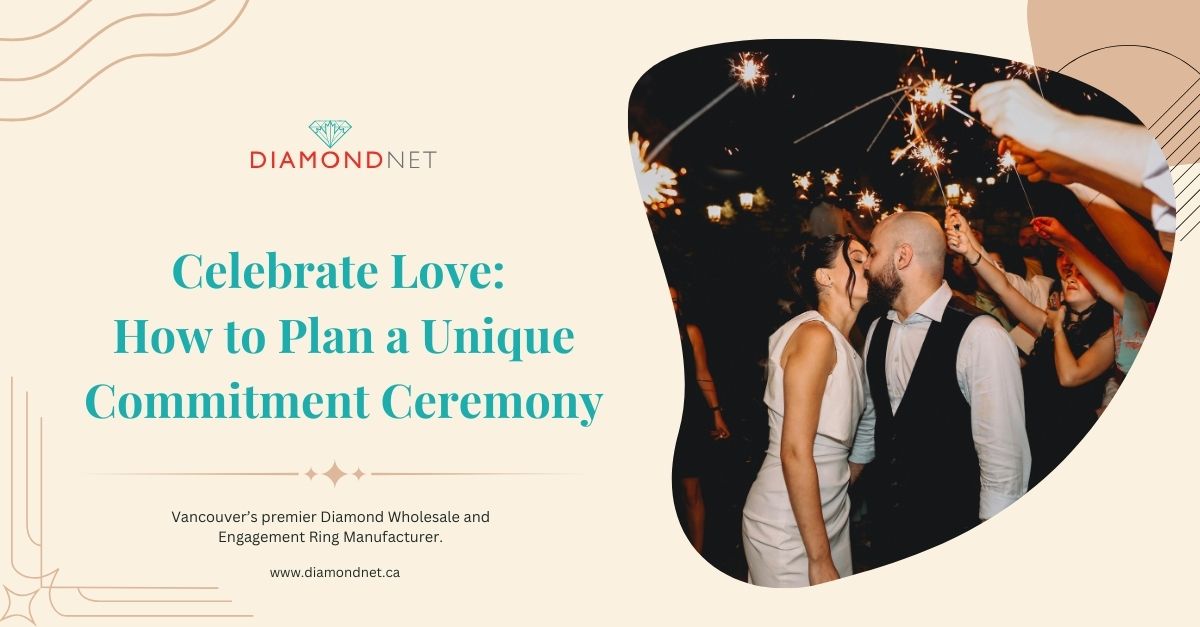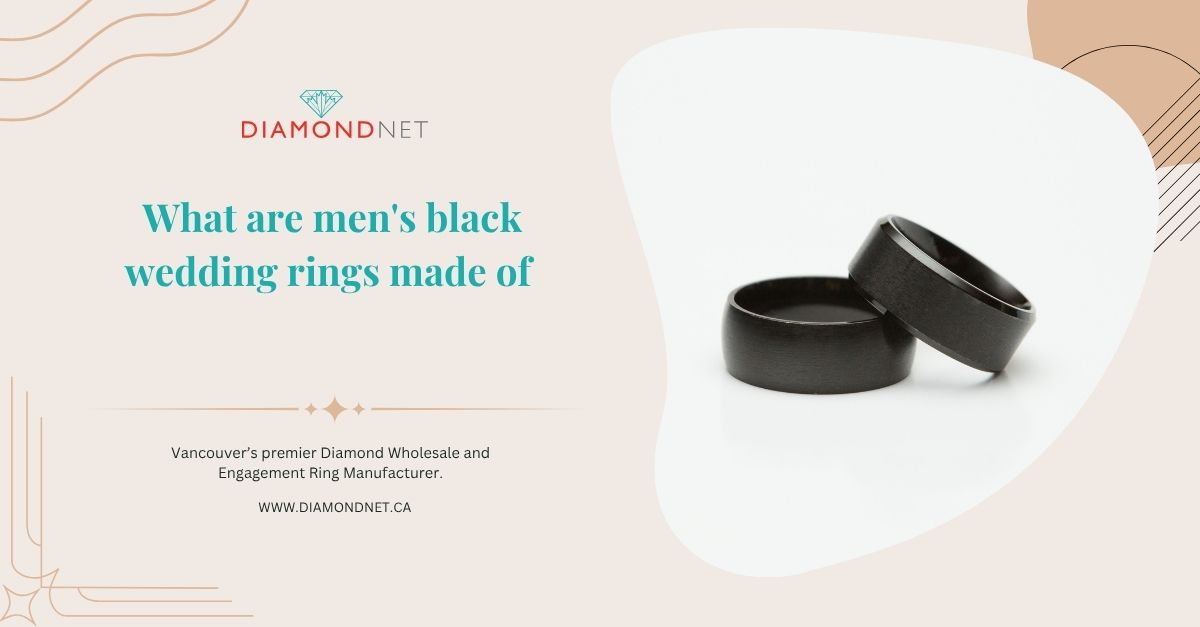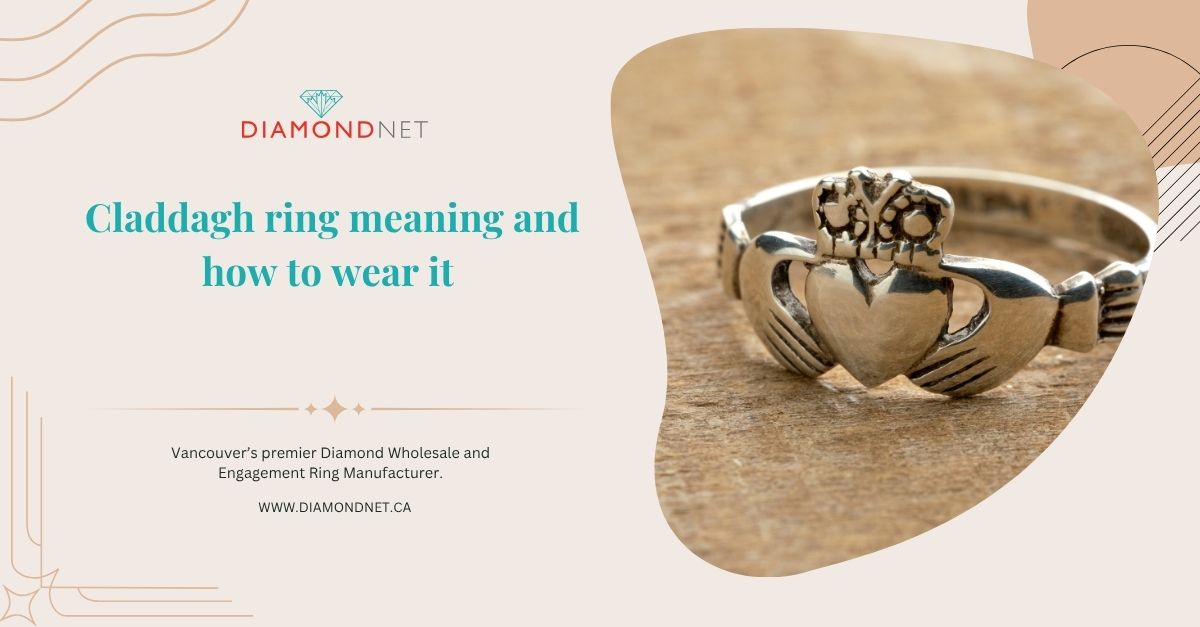The first visual reference to the heart-shape cut was featured in a 17th-century portrait. Princess Margherita Gonzaga was painted in 1605 by Frans Pourbus, a Flemish painter known for his depictions of jewelry and fashion. The portrait shows the princess wearing a variety of diamond cuts, several of which resemble an early variation of the heart-cut.
40 years later, the heart-cut diamond was referenced by Jean-Baptiste Tavernier, a precious stone trader. He writes of seeing a 26-carat “Heart Diamond” on one of his voyages to India.
Rising popularity of modern Heart-Cut diamonds
Heart-cut diamonds have only become more popular in the years since. They can be found in a variety of royal and world-famous jewelry. Diamond-cutting technology continues to advance and so does the ease of a perfectly cut diamond. The increasing use of lasers helps diamond cutters achieve symmetrical heart-shaped diamonds without losing brilliance.
The intricacy of creating a Heart-Cut diamond
The heart-cut is a modified brilliant-cut shape, a style still gaining traction for engagement ring settings. Most often, the heart-cut shape is displayed in a solitaire setting to show off the uniqueness of its design. Made up of between 56-58 facets, heart-cut diamonds often showcase “French tips”. This involves several small facets replacing one large bezel facet at the end. The result? Maximum shine and brilliance.
These heart-shaped diamonds are a complex cut. For this reason, heart-cut diamonds of 0.5 carats or larger are best to show off the intricate shape. Smaller sizes risk making detail harder to see and appreciate. Heart-cut diamonds should be designed symmetrically, with both curved halves of the heart mirroring each other. The V-shaped indentation between the two sides should be clearly defined.
Two setting styles most brilliantly showcase the heart shaped diamond: bezel and three-prong.
Bezel settings for a Heart-Cut diamond
Bezel settings feature a metal edging that wraps around the entire rim of the diamond. As well as making the diamond look larger than it is, the color
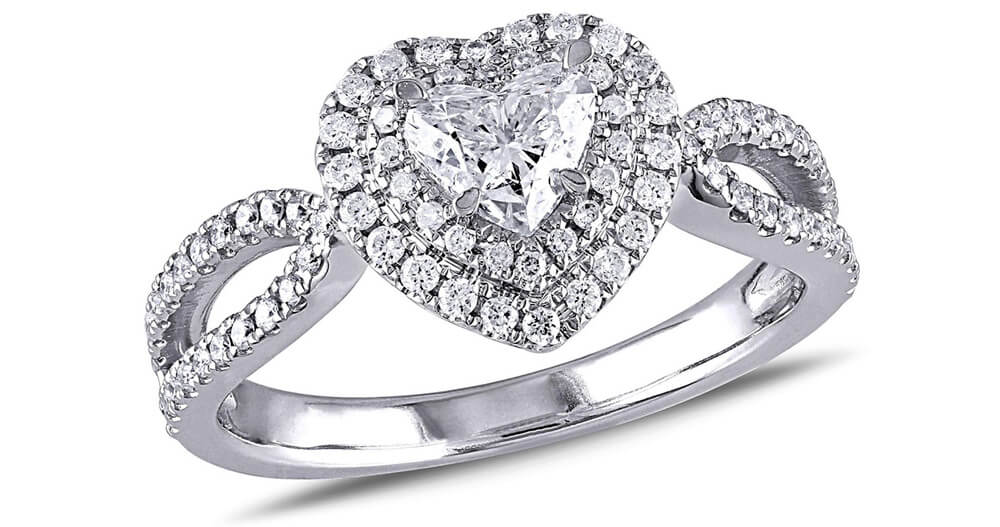
Heart-shaped diamond engagement ring
can also appear more intense in a bezel setting. This setting type is ultra-secure, but the safety comes at a price. These settings can block out some light. To avoid the loss of brilliance, consider adding diamonds as a halo around the heart-cut diamond.
Three-prong settings for a Heart-Cut diamond
A heart-cut diamond will benefit from maximum light passing through, and a three-prong setting can do just that. This style utilizes a binding with three stays mounted to the ring like a safety claw. Note: Three-prong styles are less secure than four or six-prong styles. Take care to ensure your heart diamond is placed properly in this setting to avoid a gemstone mishap.
Heart-Cut diamond, a rare and beautiful choice
It takes absolute precision to cut these diamonds. Because heart-cut diamonds require a highly skilled diamond cutter, choosing a heart-cut can be more expensive than other diamond shapes. But this unique shape demands additional cost for added quality. This means the world of heart-shaped diamonds will likely continue to gain popularity.
Listen to your heart about buying a Heart-Shaped diamond
If your heart is set on this unique shape but the price is making you hesitate, you could consider branching out from traditional diamonds. The heart-cut shape vibes well with colorful gemstones.
The good news is, heart-cut diamonds are known for retaining their value over time. They can be more expensive than other shapes because they require a larger carat size to make their full detail as visible as possible. Take a peek through the heart diamonds available at DiamondNet.
